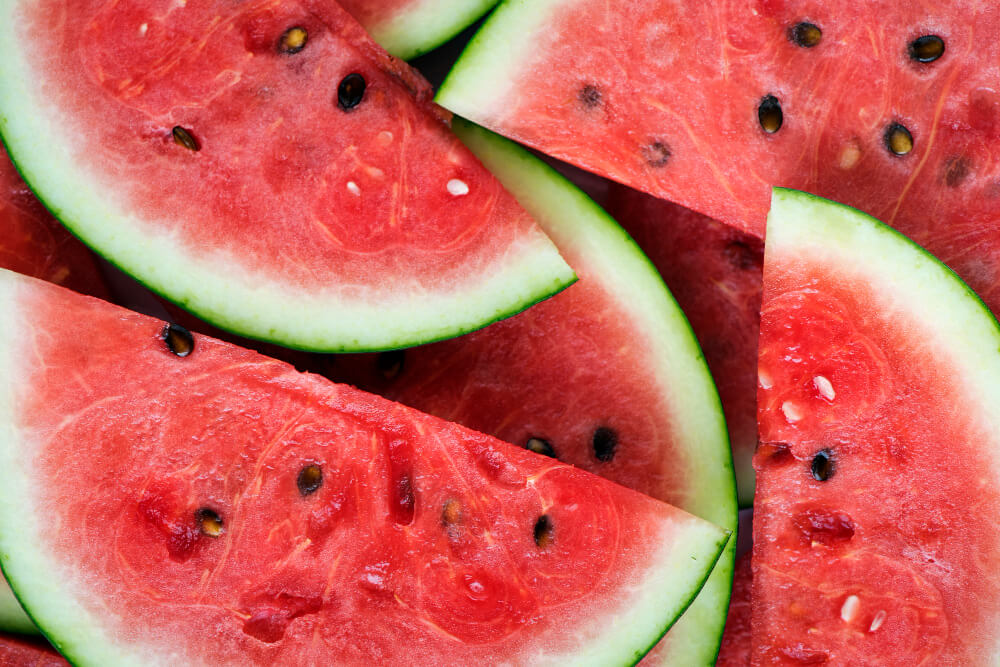Skincare for stretch marks

Pregnancy is a transformative journey emotionally, physically, and mentally. While it brings the joy of nurturing new life, it also brings about significant changes to the body. One of the most common changes many women experience is the appearance of stretch marks. These natural lines are a sign of growth, not flaw, and learning to care for your skin during this time is a beautiful way to embrace the changes with love and compassion.
Understanding Stretch Marks During Pregnancy
Stretch marks, or striae gravidarum, are small tears in the dermis caused by rapid stretching of the skin. During pregnancy, hormonal changes and a growing belly can lead to the development of these marks on the abdomen, thighs, breasts, hips, and even arms. While they’re completely normal and often fade over time, proper skincare can help minimize their appearance and support overall skin health.
Essential Skincare Tips for Stretch Marks
1. Keep the Skin Hydrated
Hydration is your skin’s best defense. Dry skin is more prone to tearing, which can make stretch marks worse.
Tips:
-
Apply a rich moisturizer twice a day, especially after showering.
-
Look for ingredients like cocoa butter, shea butter, vitamin E, and jojoba oil for deep hydration.
-
Drink plenty of water to hydrate from within.
2. Use Stretch Mark Creams or Oils
There are specific creams and oils designed to prevent or reduce stretch marks. The key is consistent use.
Ingredients to look for:
-
Centella Asiatica: Boosts collagen and improves skin elasticity.
-
Vitamin C: Promotes collagen production and helps with skin repair.
-
Hyaluronic acid: Keeps skin plump and moisturized.
3. Massage the Skin Daily
Gentle massage helps stimulate blood flow and improves skin elasticity.
Tip: Use circular motions with your fingertips while applying oil or cream. This not only aids absorption but also creates a calming routine that connects you with your growing baby.
4. Exfoliate Gently
Exfoliation removes dead skin cells and promotes new skin growth, which can help fade stretch marks over time.
Use: A mild scrub or natural exfoliators like oatmeal and honey once or twice a week.
Nourishment from Within
Healthy skin starts from the inside out. What you eat affects your skin’s strength and elasticity.
Skin-Friendly Nutrients:
-
Vitamin E (almonds, sunflower seeds)
-
Vitamin C (oranges, strawberries, broccoli)
-
Zinc (nuts, whole grains)
-
Collagen-boosting foods (bone broth, berries, leafy greens)
Comfort Comes First
Stretch marks might itch as the skin stretches. Here’s how to stay comfortable:
-
Wear soft, breathable fabrics.
-
Avoid long hot showers they can dry out your skin.
-
Apply cold compresses or aloe vera gel if itching becomes bothersome.
A Note on Acceptance
While it's perfectly okay to use products to care for your skin, it’s equally important to embrace your body’s transformation. Stretch marks are a natural part of pregnancy for many, and they often fade with time. They’re symbols of strength, growth, and the incredible journey of motherhood.
Final Thoughts
Caring for stretch marks during pregnancy is about more than just skin it’s about nurturing yourself with love, care, and patience. Use this time to connect with your body and celebrate the changes as part of your unique and beautiful motherhood story. With consistent care and a positive mindset, you’ll not only support your skin but also your overall well-being.
Related Articles

Mental Health During Pregnancy: Taking Care of Your Emotional Well-Being

Baby development at 40 weeks

Common Health Complications During Pregnancy: What You Need to Know

Setting up the nursery

Staying hydrated to ease cramps

Choosing mild shampoos

Why periods happen: a basic explanation

How to track your cycle with a calendar or app